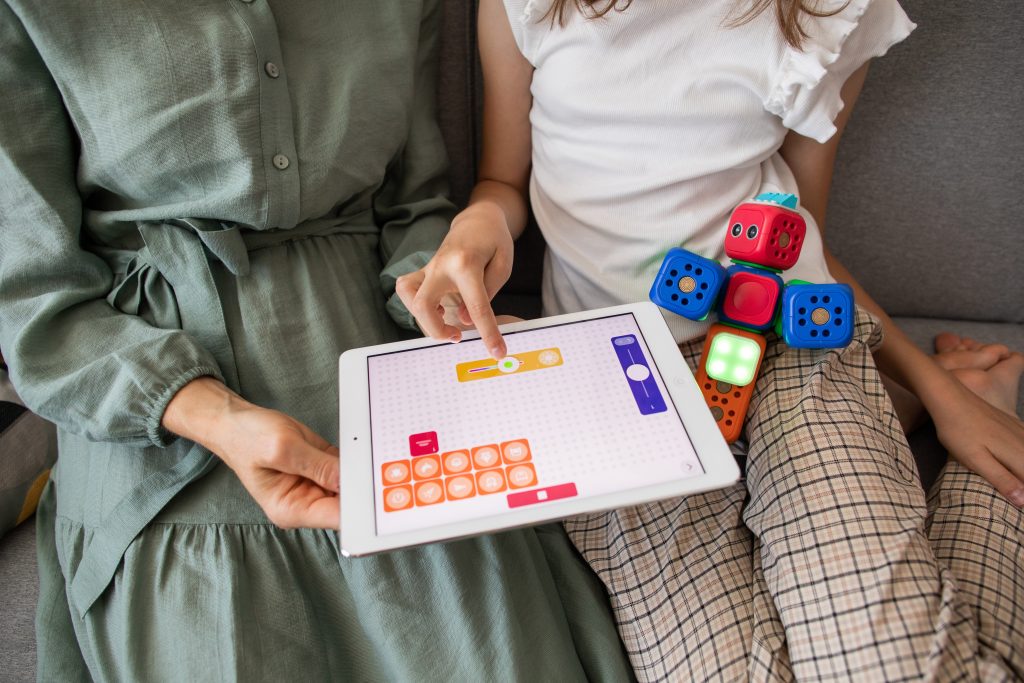
If I were to ask you how many times you use technology in a day, the number would be higher than you think. The likelihood you’re reading this on a screen, or have seen a link to it on Orbital’s Instagram Stories (@orbitalmagazine, by the way), is incredibly high. In fact, from the moment you wake up, until you fall asleep, technology is everywhere. How else would we wake up on time, preserve food, or read the news as soon as it happens?
Technology enables us to live a faster, easier life than previous generations. The same sentiment is true for autistic people, some of whom use technology in ways that neurotypical people do not. FYI, ‘neurotypical’ just means anyone who does not have developmental conditions such as autism or ADHD.
It’s important to define autism, as it’s a condition that everyone seems to know about but can’t really describe. Autism is a lifelong neurodevelopmental condition which affects the way your brain is wired. You cannot ‘get’ autism, you’re born with it, and an autistic person doesn’t stop being autistic. They have autism for life.
Autism affects multiple areas including social interaction, the way you process senses (such as light, sound, etc.) and repetitive behaviour. Autism is often described as a spectrum, and it’s true, but only in that every autistic person has different support needs. We are not all ‘a little bit autistic’. For example, one autistic person may need a very rigid routine, but does not struggle in social situations; on the other hand, a different autistic person may have no sensory issues but struggles to navigate social situations and may be non-verbal. None of these features make someone ‘more’ or ‘less’ autistic – they just show how autistic can manifest differently depending on the person.
Because of the wide ranging nature of these needs, it’s important for technology to assist autistic people in different kinds of ways. We’re going to go through some important technological devices, and how they’ve helped autistic people such as myself live their best lives.
AAC
Augmentative and Alternative Communication, otherwise known as AAC, refers to any form of language that is not speech that can be used to communicate with others. As many autistic people are non-verbal, or experience selective mutism, AAC is incredibly important. Non-verbal does NOT mean non-understanding. Many non-verbal people are aware of their surroundings but aren’t able to articulate themselves through speech. Being able to use AAC during a shutdown, or when your brain is preoccupied with other functions, can be incredibly freeing. For neurotypical people, having a little bit of patience and familiarising yourself with AAC can make a conversation with an autistic person better for both parties.
Some examples of AAC include:
- Voice output apps, where a phone or similar device will read out curated sentences
- Sign language such as BSL
- Picture Exchange Communication Systems, in which pictures are used to describe a need or request.
- Texting apps such as WhatsApp or Messenger
Video Games
I’m not going to write this whole article just to tell you to get outside more. What kind of hypocrite would I be? (Well, apart from a big one who thinks you should go outside AND read this information. Maybe not at the same time.)
For many autistic people, video games are a ‘special interest’, meaning that autistic people can intensely focus when playing video games, and are passionate about the subject. Playing and being interested in video games does not make someone lazy, and for autistic people, playing video games can bring out positive traits such as dedication, exploration and attention to detail. Video games can also encourage teamwork.
As communicating in-person can be difficult, finding friends online to play similar video games with can be a joy. Being able to connect with different people all over the world, sharing a special interest, and removing the struggles that come with in-person communication are all things that should be embraced. Not everybody can communicate in-person for long periods of time, and that’s okay.
It might seem weird to include social media considering the social struggles many autistic people face, but Instagram is incredibly informative. There are a growing number of Instagram accounts which are dedicated to spreading awareness on autism and neurodiverse conditions. From those who suspect they might be autistic but cannot get a diagnosis, to the recently diagnosed, to the neurotypical people who just want to learn more, there are Instagram accounts dedicated to describing the #ActuallyAustistic experience.
A few of my favourites include:
@autieselfcare
@nd.narratives
@autistic_callum_
@theaustisticlife
@fidgets.and.fries
@theexpertally
So, now that you’re aware of the many ways technology can help autistic people, think about how you can use this information to forge stronger connections with austistic family and friends. Technology is important, but so is allyship. Removing the stigma surrounding autism and other neurodiverse conditions is a good thing for all of us.
